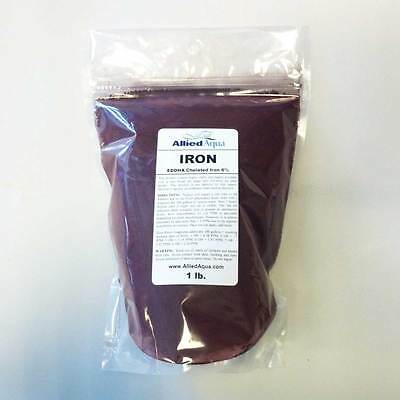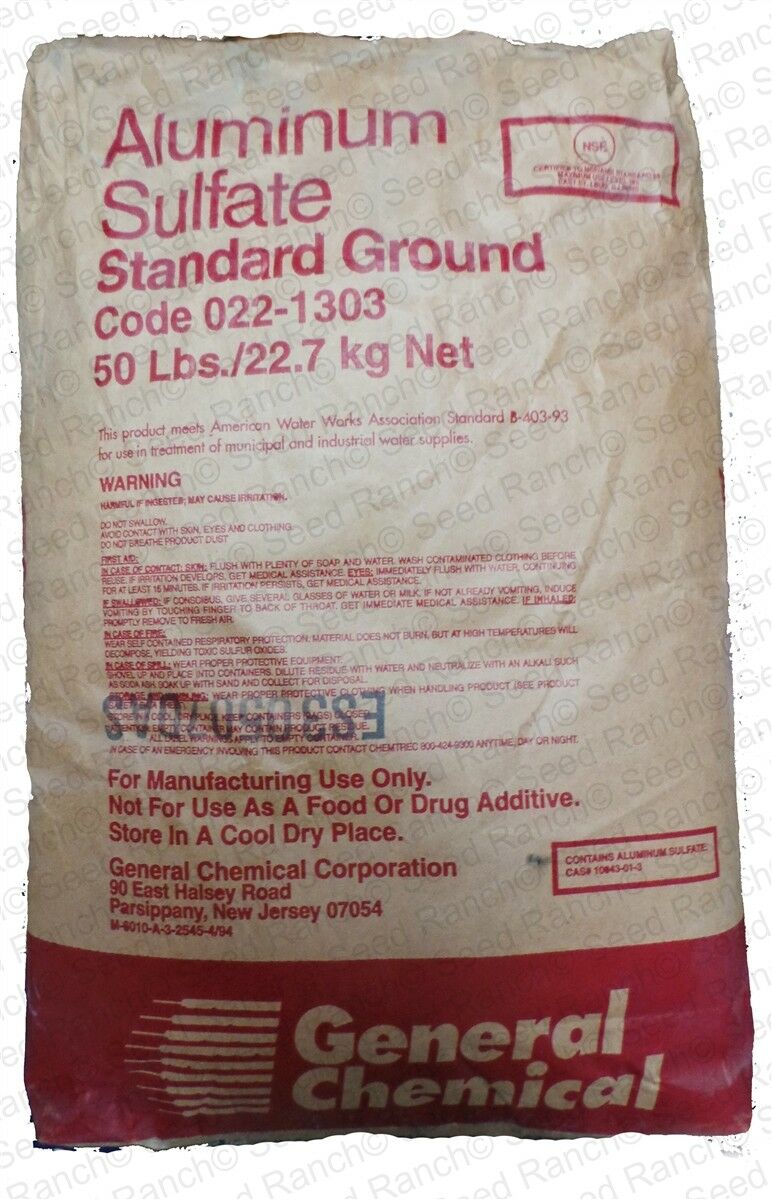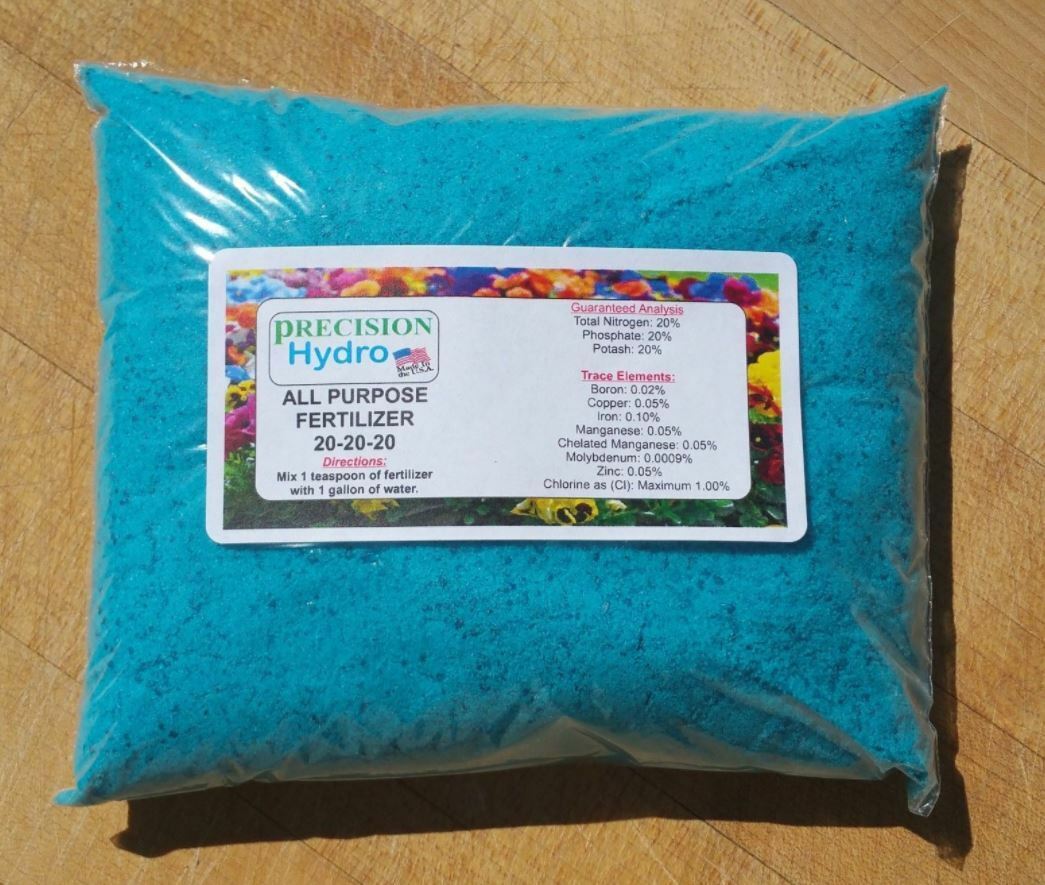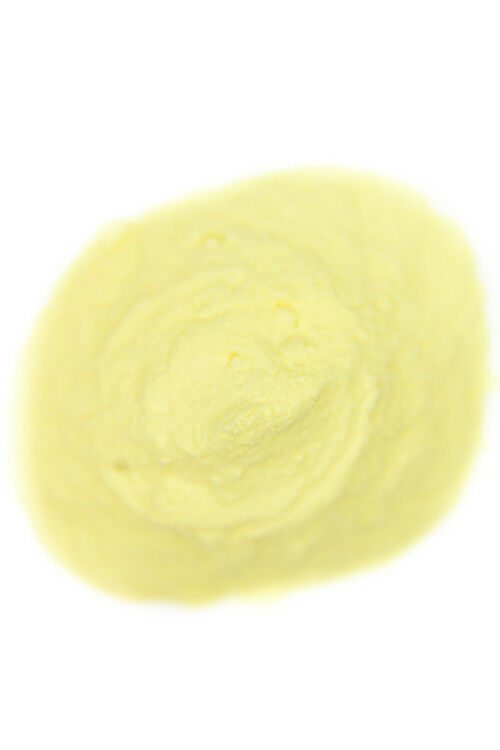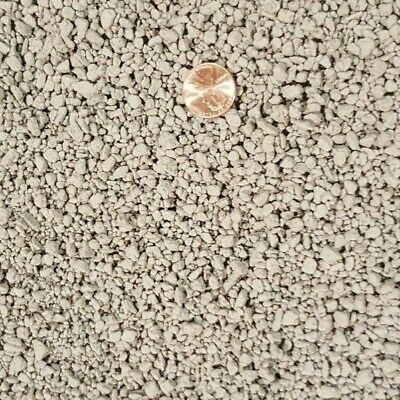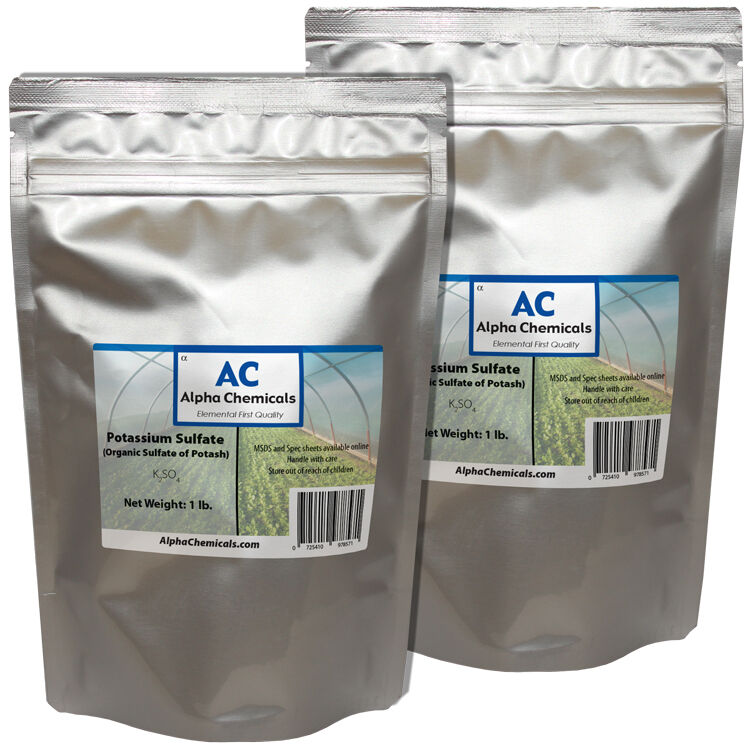-40%
Copper Chelate 5 g. Microfertilizer
$ 0.62
- Description
- Size Guide
Description
Copper Chelate 5 g. MicrofertilizerInstruction in Russian
Copper chelate fertilizer helps to increase productivity and improve the quality of ripened products. Its main component, copper, which is important for plant metabolism, plays a significant role in photosynthesis. The introduction of funds increases the resistance of crops to fungal infections and diseases, and other negative factors.
Under the influence of copper, the protein content in grains increases, sugar - in root crops, fat - in oilseeds, starch - in potato tubers, sugar and ascorbic acid in fruits and berries. It increases the intensity of photosynthesis, promotes the formation of chlorophyll.
Common signs of deficiency for all cultures are: wilting of plants, inhibition of growth of the aerial part and root system, a decrease in the number of generative organs (panicles, spikelets, heads, etc.). Fruit crops with a lack of copper fall ill with the so-called dry surface (exanthema) in combination with chlorosis.
Preparation of the original solution: Dissolve 5 g of copper chelate in 10 l of water until completely dissolved.
Spraying: consumption of 1 liter of dilution per 10 m². As a prophylaxis of diseases, spraying is done 1 time per season (in the initial period of the growing season). With copper deficiency, spraying is performed 2-3 times per season.
Main feeding (watering): for watering, the working solution is prepared by adding 1 liter ref. solution to 9 liters of water. The flow rate of the working solution is 10l / m². Watering is done before the autumn digging of the soil, or in the spring strictly 2 weeks before planting.
.
Chelated fertilizers for plants are invaluable helpers, they allow you to absorb trace elements by almost 90%, which allows you to several times reduce the chemical load on the soil!
Удобрение Хелат меди способствует повышению урожайности и улучшению качества созревшей продукции. Его основной компонент — медь, которая важна для метаболизма растений, играет значительную роль в фотосинтезе. Внесение средства повышает стойкость культур к грибковым поражениям и заболеваниям, другим негативным факторам.
Под влиянием меди увеличивается содержание белка в зерне, сахара – в корнеплодах, жира – в зерне масличных культур, крахмала – в клубнях картофеля, сахара и аскорбиновой кислоты в плодах и ягодах. Она увеличивает интенсивность фотосинтеза, способствует образованию хлорофилла.
Общими признаками недостатка для всех культур являются: увядание растений, торможения роста надземной части и корневой системы, уменьшение количества генеративных органов (метелки, колосков, головок и т.п.). Плодовые культуры при недостатке меди заболевают так называемой суховерхостью (экзантемой) в сочетании с хлорозом.
Приготовление исх.раствора: 5 г хелата меди растворить в 10 л воды до полного растворения.
Опрыскивание: расход 1 л исх.раствора на 10 м². В качестве профилактики заболеваний опрыскивание производить 1 раз в сезон (в начальный период вегетации). При дефиците меди опрыскивание производят 2-3 раза за сезон.
Основная подкормка (полив): для полива рабочий раствор готовится путем добавления 1л исх. раствора к 9 л воды. Расход рабочего раствора 10л/м². Полив производят перед осенней перекопкой почвы, или весной строго
за 2 недели до посадки растений.


